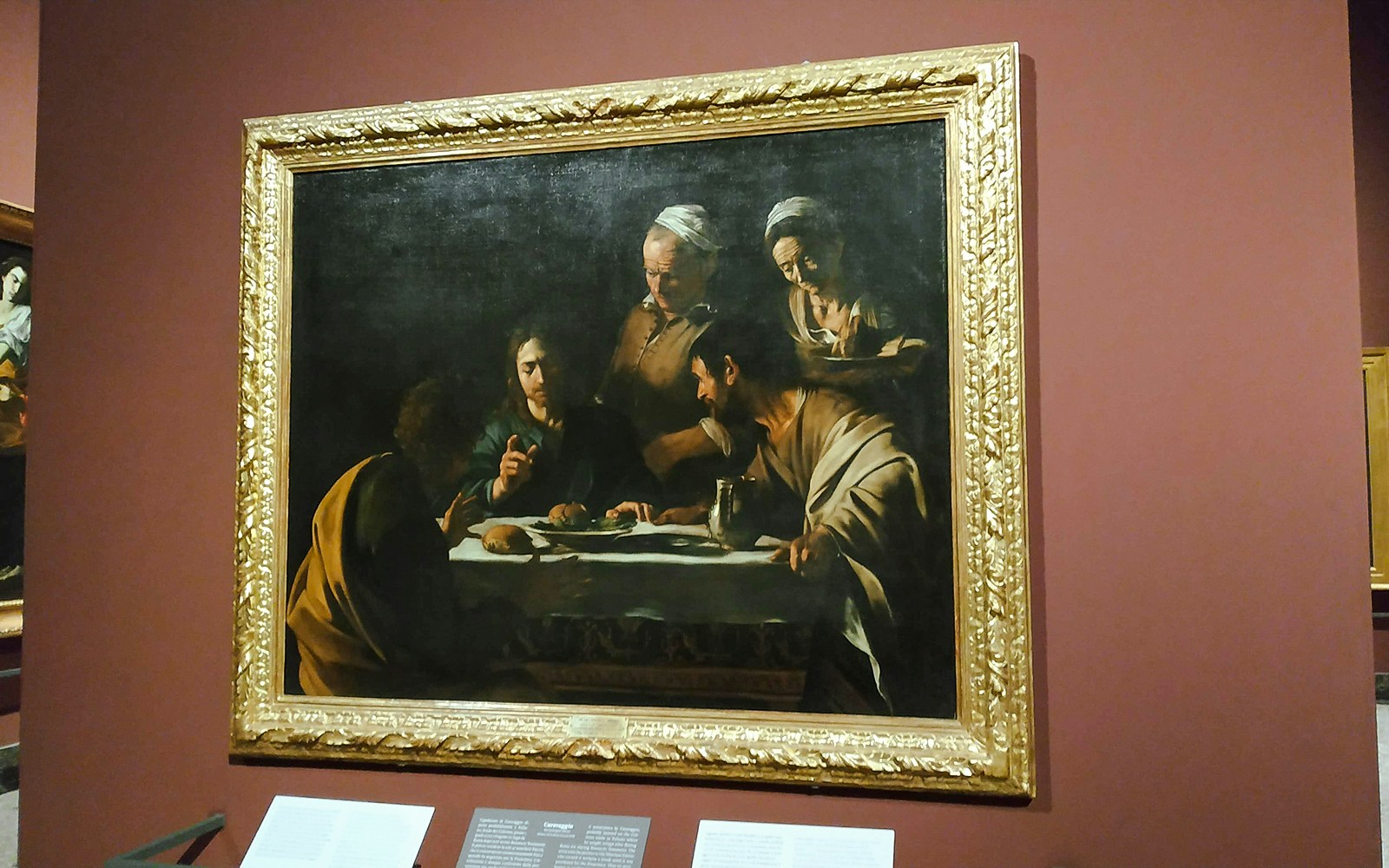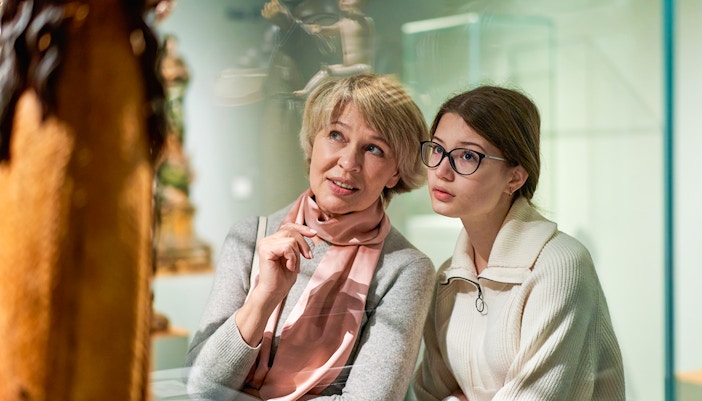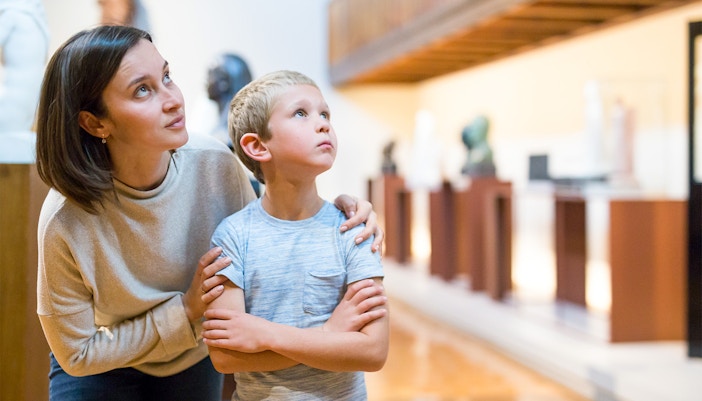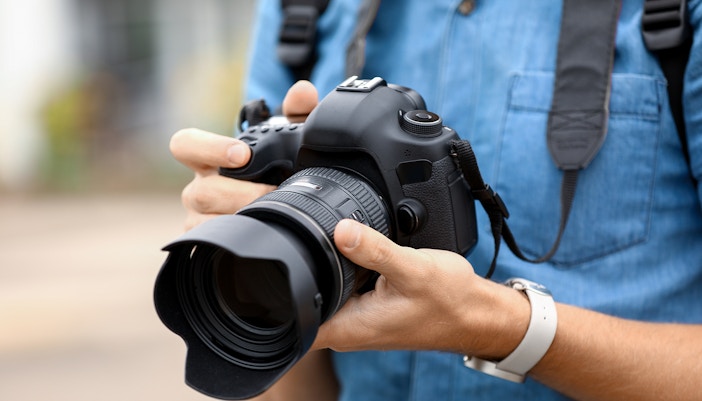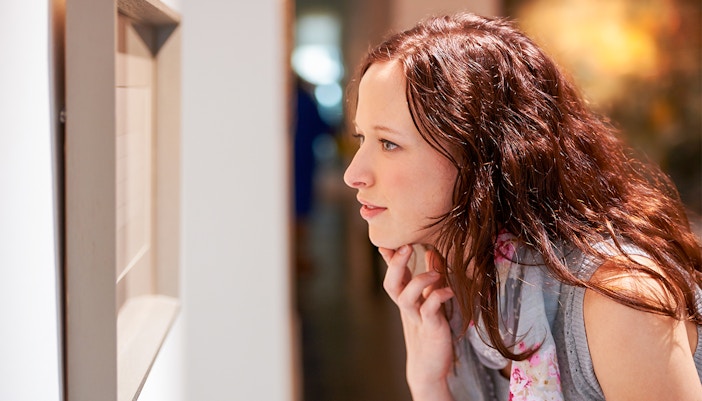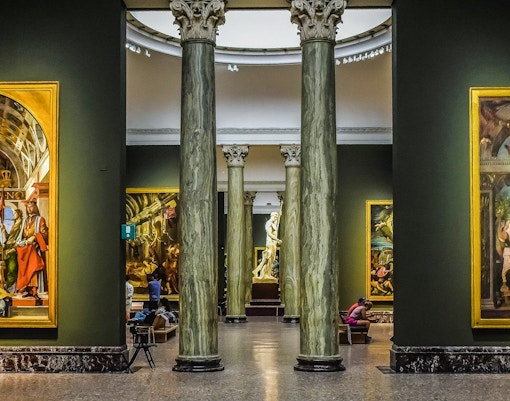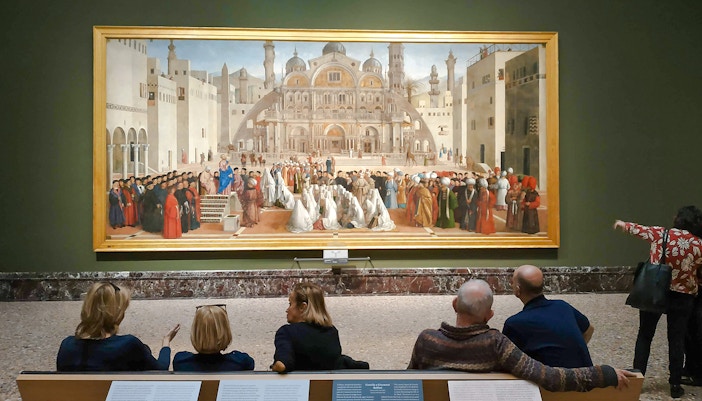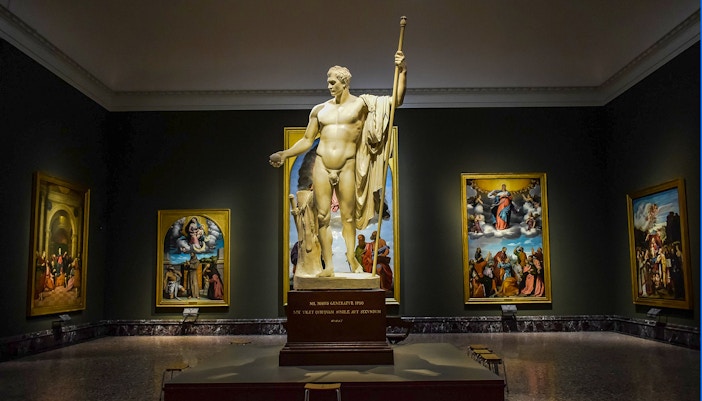A guided tour or audio guide reveals subtle details in Caravaggio’s use of light, gesture, and emotion that are easily overlooked.
What makes Supper at Emmaus a masterpiece
A moment of revelation
Painted in 1606 during Caravaggio’s exile from Rome after a fatal duel, the work channels his inner conflict into a spiritual reckoning. Christ’s quiet revelation mirrors the artist’s own search for redemption.
Radical realism
Defying the idealized beauty of his time, Caravaggio portrayed disciples with weathered faces and rough hands. His unfiltered realism shocked audiences, turning an ordinary supper into a sacred moment that blurred divine and human boundaries.
Cultural turning point
Created during the Counter-Reformation, the painting reflected the Church’s desire for art that inspired faith through emotion. Its intimacy and clarity replaced distant grandeur with relatable spirituality, aligning perfectly with the era’s moral urgency.
Quiet defiance
Instead of grand theatricality, Caravaggio used restraint, focusing on dim light, stillness, and gesture. This contemplative tone rejected the flamboyance of Baroque drama, marking a profound shift toward psychological realism and moral complexity in sacred art.
Historical impact
Supper at Emmaus reshaped how artists told sacred stories, influencing Rembrandt, Velázquez, and beyond. Its fusion of realism, emotion, and faith established Caravaggio as a visionary who forever changed the visual language of devotion.
